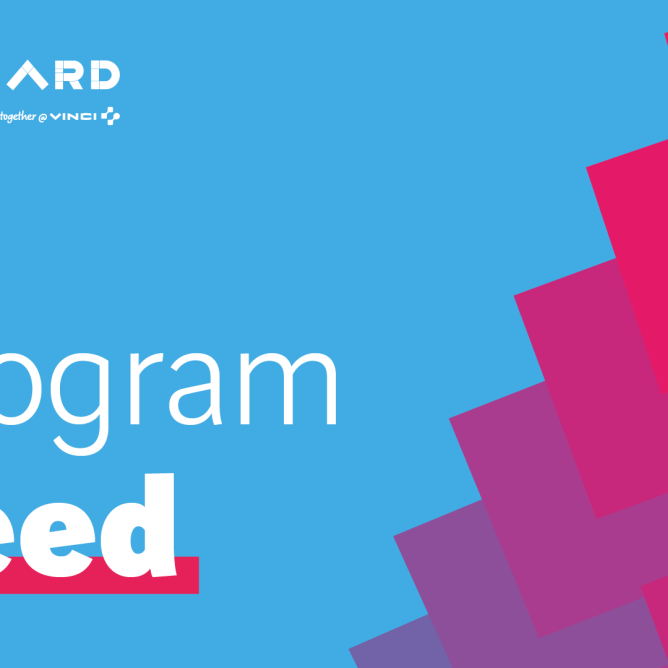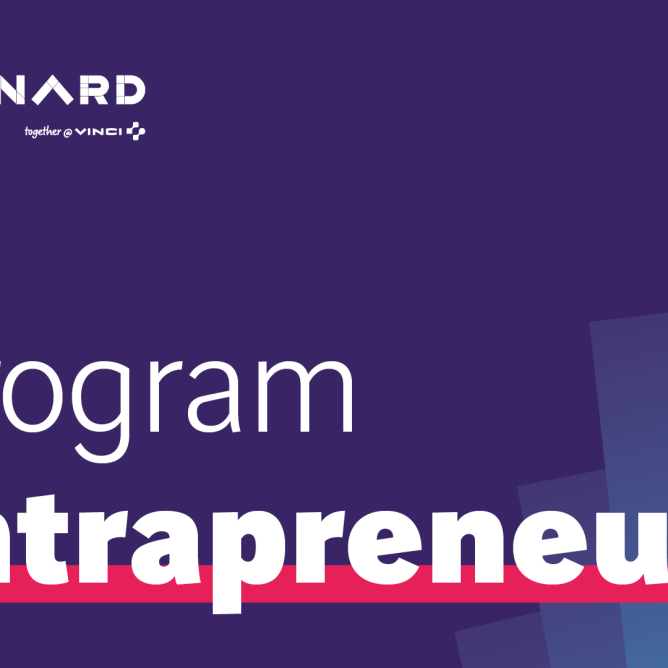Context and opportunity for hydrogen-powered trains
In Europe, 46% of railway lines are unelectrified and operated with diesel-powered trains. In France, these lines are mostly regional lines but make up for 10% of passenger traffic and 15% of freight traffic. It is important to find decarbonization solutions to replace diesel engines by emission free alternatives without having to electrify these lines, which would require prohibitive expenses for low traffic density.
There are close to 7,200 regional trains across Europe, with 83% of the fleet in Germany, Italy, the UK and France. The trains’ average age is 20 years (on a 30 to 40-year life), but opportunities have already arisen to replace older trains. In France, public rail operator SNCF aims to phase out diesel trains by 2035.
Switching from diesel to H2
Switching one regional train from diesel to hydrogen prevents the emission of 700 tons of CO2 annually (1). By 2030, predictions estimate a 10-30% replacement rate of the fleet, potentially preventing over a million tons of CO2 emissions from the sector.
Specific solutions address specific use cases, with the promise of maintaining the level of service diesel engines provide – around 1,000km of range, 150-300 passengers capacity average, 140km/h average speed. These are:
- Fully hydrogen-powered trains, suitable for completely unelectrified lines (e.g., in Germany, Italy or the rest of the world)
- Dual-mode H2-electric trains equipped with a pantograph, suitable for partially electrified lines with a catenary (e.g., in France)
Both train models also carry a lithium-ion battery on-board, to provide boosts during acceleration phases and to store energy while braking.
Is the technology relevant?
Hydrogen is an attractive solution as opposed to batteries (heavier to carry on-board) and line electrification, which can be prohibitive for infrequently used lines (costs can represent €2-3m per km). Hydrogen finds its maximum relevance on such lines, where trains are fewer than 1/hour, or/and where the unelectrified distance covered exceeds 80-100km.
Freight transport can also benefit by switching to hydrogen, as freight engines remain a notable source of emissions for the industry. In Europe, freight trains encounter problems on lines where 90% of the distance is covered by a catenary, but the last tens of kilometers towards the loading zones are not. Today, diesel trains have to be used over these entire lines. Tomorrow, dual-mode engines could be relevant alternatives. In North America and around the world, where freight lines are very little electrified, full-hydrogen engines would be necessary with important battery boots. Fuel-cell freight developments are lagging behind regional passenger train developments, in part because of the power needs freight trains require. On average, freight trains weigh 15 times as much as a regional train.
Shunter trains – equipped with particularly polluting engines and driving on storage and siding tracks – could also benefit from the switch. Fuel-cell shunters would be particularly relevant if operated with low idle time and on long distances daily.
Commercial developments initiated by all players
The world’s leading manufacturers have been developing fuel-cell train models over the past decade.
- Alstom (France) has positioned itself on fuel-cell engines as early as 2014, with the conversion of its Coradia LINT line into full-H2 Coradia iLINT trains. This model has already been ordered by regions in Germany, Austria, and the Netherlands. The dual-mode Régiolis is being developed for the French operator SNCF, while retrofit efforts are underway for UK regional fleets.
- Siemens’ (Germany) Mireo, a direct competitor to the Coradia iLINT, has been ordered in Germany as soon as 2017. A dual-mode Mireo Plus B is expected to compete with Alstom’s Régiolis although it is an electric-battery hybrid.
- Stadler (Switzerland) is developing its own Flirt H2, expected to come into service in 2024.
- BNSF (US) and Ballard (Canada) are developing a hybrid fuel-cell shunting engine CRRC (China) has developed hybrid H2-supercapacitor tramways in China, operational since 2017 in Tangshan.
- Synergistic opportunities with regional bus H2 needs.
At the regional level, it could be interesting for a mobility operator to combine the hydrogen needs of regional trains with those of regional buses. This would better distribute the high costs of production and distribution units over a larger range of vehicles and usages. Mutualization would also improve the utilization rates of electrolyzers by combining trains’ sparse refueling needs with buses’ more regular needs.
> (1) Based on the French electric mix for H2 production and the charging of electric batteries on board the trains
Sources: Alstom, UIC, ADEME, IAC Partners
Read also!
> Transport and storage of hydrogen
> Low-carbon production of hydrogen


